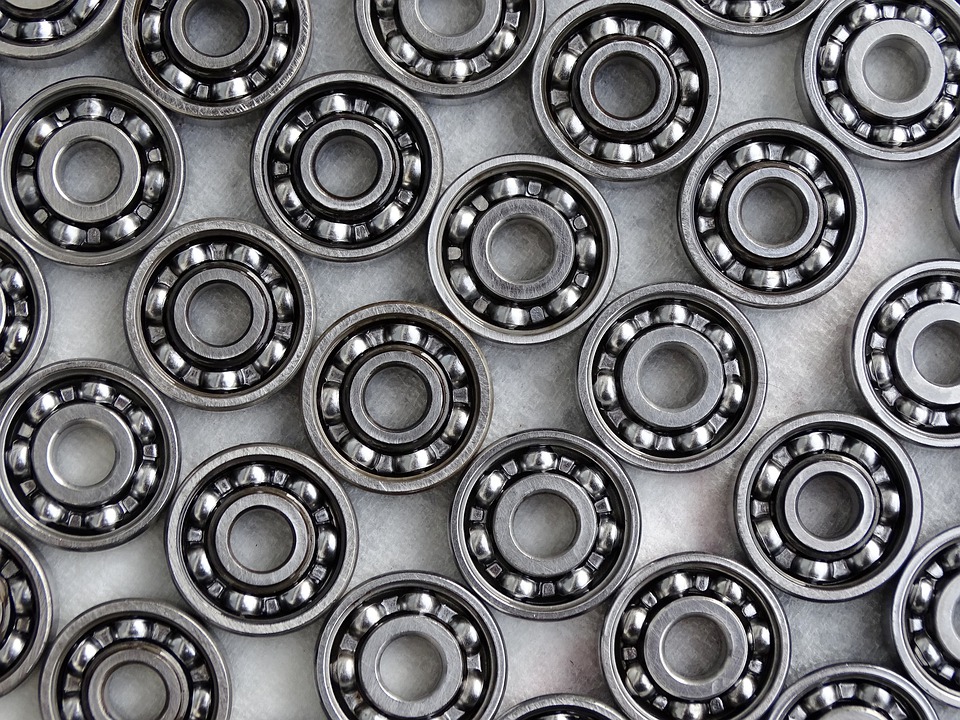There are many different types of bearings on the market, and it can be difficult to determine which is best for your project. In this blog post, we will discuss three of the most common types of bearings and provide tips on choosing the best one for your needs. Whether you are a beginner or an experienced DIYer, understanding the different types of bearings will help you make the best purchase decision for your next project.
The three most common types of bearings are ball bearings, roller bearings, and sleeve bearings. Ball bearings are the most popular type of bearing and are typically used for lighter loads. Roller bearings are best suited for heavier loads and can handle higher temperatures. Sleeve bearings are designed for low-speed applications and offer less friction than other types.
When choosing a bearing for your project, you must consider the load capacity, speed, and temperature rating. Load capacity is the maximum weight that the bearing can support without failing. Speed is the maximum rotational speed the bearing can achieve without damaging the internal components. Temperature rating is the maximum temperature the bearing can withstand before it degrade.
Once you have considered these factors, you can narrow down your choices and select the best bearing for your project. You can find a wide variety of best bearings online, so be sure to shop around and compare prices before making your final decision. With some research, you can find the perfect bearing for your needs.
What are bearings made of?
Bearings are made of a variety of materials, including:
-Metals: steel, brass, bronze
-Ceramics: silicon nitride, zirconia oxide
-Polymers: nylon, polyethylene
-Composites: fiberglass, carbon fiber
Each material has its own unique properties that make it suitable for different applications. For example, metals are typically used in high load and high speed applications while ceramics are best suited for high temperature environments. Polymers are often used in low load and low speed applications where contamination is a concern. And finally, composites are best used in special applications where other materials cannot meet the demands.
Bearings can be made from a variety of materials, but not all materials are created equal. When choosing the best material for your application, there are a few things to consider. First, what type of load will the bearing be subjected to? Second, what are the operating conditions, such as temperature and speed? And lastly, what is the desired life of the bearing?
If you have any questions about bearings or which type would be best for your project, feel free to contact us and we would be happy to assist you. Thanks for reading and we hope this article was helpful.
We hope this information on the best bearings online was helpful.










